How to Start Direct Delivery for Your Restaurant: Step by Step Guide
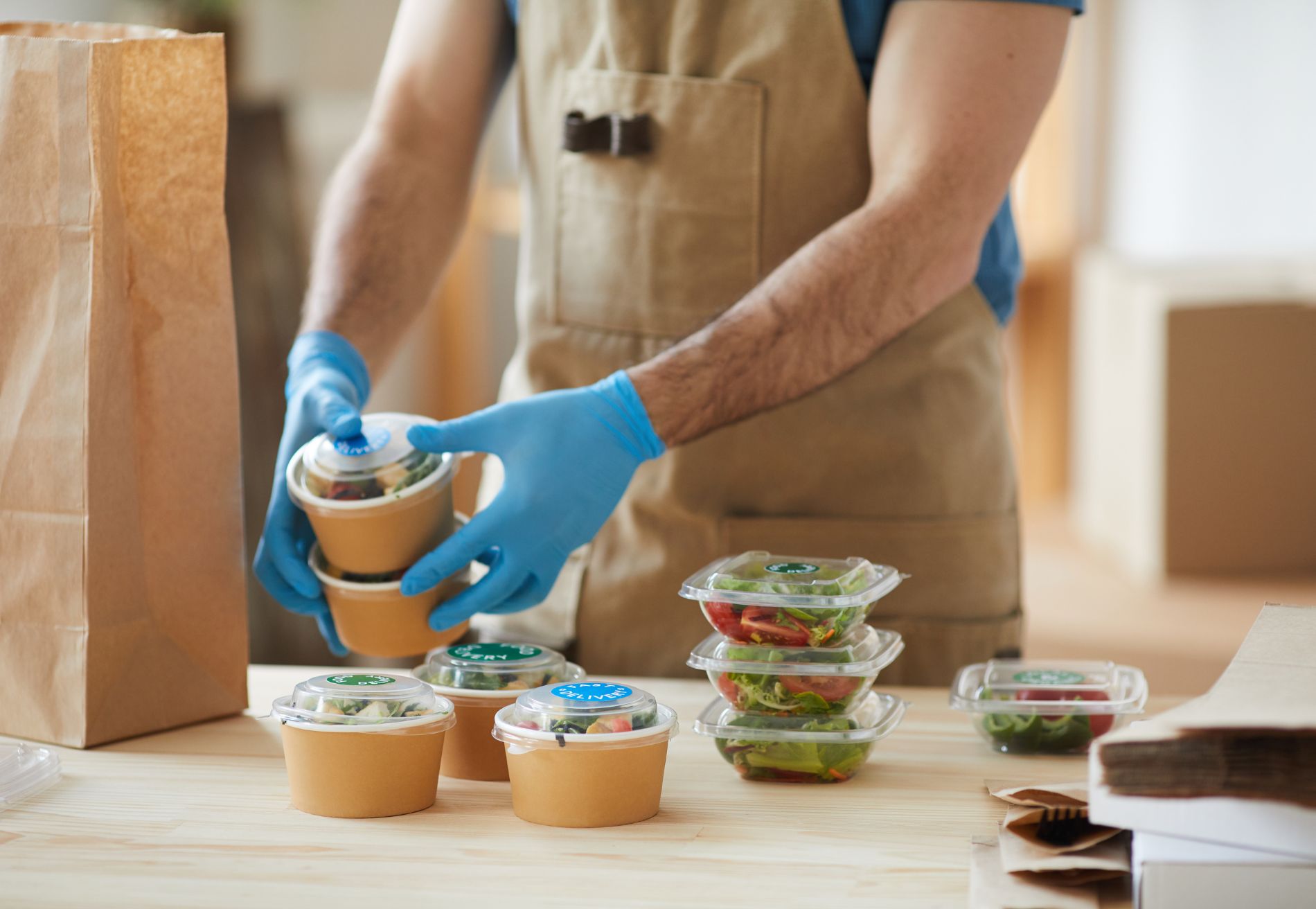
1: Start with a self-assessment
Running delivery isn’t easy. Most restaurants face three core challenges when trying to make it work:
- High third-party commissions. Apps like Uber Eats, DoorDash, and Grubhub take a big cut—often 20–30% per order. That eats into your profit fast.
- Organizing direct delivery feels overwhelming. Picking the right tools, managing drivers, and setting up your own ordering system can feel like too much—especially without the right support.
- It’s hard to get customers to switch. Most guests default to the apps they know. Without smart promos or clear messaging, they won’t even realize you offer direct ordering.
On top of that, relying only on third-party marketplaces means you don’t own your customer data. You can’t reach out to them directly, build loyalty, or promote your own offers. You're essentially renting your customers—never building a relationship.
That’s where this guide comes in.
It’s a realistic, step-by-step breakdown of how to set up, run, and promote your direct delivery channel—based on what we’ve seen work in real restaurants. No fluff. Just a clear plan to take back control and grow your profits.
Questions to ask yourself:
- What percentage of your current delivery orders come from third-party apps like Uber Eats, DoorDash, or Grubhub?
- What is your average margin on third-party orders vs. direct orders?
- Do you currently offer takeout, delivery, or both? How many delivery orders are handled by your own staff?
- Do you have your own drivers? If not, would you consider using third-party fulfillment tools like Toast Delivery Services?
- What is your total monthly revenue? How much of that comes from delivery?
- If you could shift from 90% third-party to 50% third-party and 50% direct, what would that do for your profits?
Third-party delivery platforms help you reach new customers—but they come at a steep price.
- Typical commissions: 15–30% per order
- Hidden costs: Refunds, order errors, and disputes you often have to cover
- Merchant funded marketing promotions: Being present on the marketplace doesn’t guarantee success. You have to fund a campaign to beat local competition. These types of promotions can push commission over 40%.
- Profit loss example: On a $50 order, you might lose $15 to fees—money that could go toward rent, staff wages, or marketing your own brand
📉 Example: If 90% of your delivery volume runs through a third-party app and you’re paying 30% commission, you’re giving away nearly a third of your delivery revenue every single day.
There’s also another cost that’s easy to overlook—you don’t own the customer relationship.
You don’t get their contact info. You can’t retarget them. You can’t build loyalty. You’re stuck selling through someone else’s channel at a higher price, hoping they’ll order again through the same app.
The real question is:
Why should the second order come through a third party—when it could go directly through your own website?
We’ll talk about that next.
2: From 90/10 to 50/50 (third party/direct) — What growth looks like
You don’t need to ditch third-party apps. You just need to stop letting them take all the profit.
The goal is to rebalance your delivery mix—so you're not paying high commissions on every single order.
📍 Target: Get 50% of your delivery orders to come through your own website.
Let’s break it down:
Right now, let’s say you're doing $10,000/month in third-party delivery revenue.
If the average commission is 25%, you're giving away $2,500 every month—just to serve customers who already know your brand.
Now imagine you grow your total delivery revenue to $15,000/month—but now, only half of it comes through third-party apps.
That means:
- You’re still paying commission on $7,500 → about $1,875
- But the other $7,500 comes direct—with no commission
- You’ve cut your third-party fees by 25%, increased total delivery volume, and kept more money in your pocket
Instead of treating third-party apps as your whole delivery business, use them for what they’re best at—customer acquisition.
Then, bring those customers into your own system with better service, better incentives, and full control.
This is how delivery becomes a profitable, growing part of your business—not just a cost of doing business.
{"type": "ad-cta", "label": "Case Study", "description": "“If you want to survive in the restaurant business, you have to use technology and find the right tools that help you deliver services faster and support both the in-and-out-of-premises experience.”", "author": "Tan", "authorJob": "Wanisa Home Kitchen", "ctaText": "Learn more", "ctaLink": "https://www.shipday.com/case-studies/how-wanisa-home-kitchen-triple-delivery-orders-with-shipday", "image": "https://cdn.prod.website-files.com/62428b049409c6b74b6b6636/678920569282b2558b58b2ec_Photo%20(3).png"}
3: Make third-party work for you (not own you)
Uber Eats, DoorDash, and Grubhub are powerful platforms for getting discovered.
Customers open the app, search for “tacos,” “pizza,” or “matcha latte,” and your restaurant shows up. They give you a shot—and if your food and service are great, they’ll likely come back.
But here’s the catch:
If they already know and like your food, why should they go back to a third-party app to order again?
That second order should go directly through your own site—where you don’t pay 30% commission and you keep the full customer relationship.
This is where your strategy has to shift.
- Third-party = customer acquisition
- Your website = customer retention and profits
To make that shift, you’ll need to:
- Set up direct online ordering
- Promote your own delivery channel (we’ll show you how)
- Use the right tools to manage delivery without extra overhead
- Turn direct delivery into a real, reliable revenue stream
Let’s walk through how to build that system—starting with the online ordering experience.
4: Build your direct ordering infrastructure
If you want to grow direct delivery, you need the right setup. It doesn’t have to be complicated—but it does need to work together.
Here are the essentials for a profitable, low-stress system:
- A website with built-in online ordering
Make it easy for customers to order straight from you, not an app. - An integrated POS like Toast
Sync your menu, pricing, and inventory in real time—if an item is 86’d in-store, it should disappear online too. - A loyalty and rewards program
Tools like Incentivio help you bring customers back with points, promos, or subscriptions. - Delivery management software like Shipday
Track orders, manage drivers, and give customers real-time delivery updates.
The right tools let you run direct delivery without chaos—and with full control.
Up next: How to get customers to actually use it.
5: Promote direct delivery—every way you can
Once your direct delivery system is in place, your next job is to get customers to actually use it—especially those coming from Uber Eats, DoorDash, or Grubhub.
Here’s how to do it:
- Include leaflets or discount codes in every third-party order
Tell customers they can order directly next time for a better deal - Use Shipday’s free leaflet generator
Create and print custom inserts that highlight your website, special offers, or free delivery
Offer simple, low-cost incentives:
- Free delivery on their first direct order
- Loyalty points or digital punch cards
- Free drink or side with any online order
- “Order 4, get 1 free” campaign
- Limited-time promos like "10% off all online orders today"
Real-World Examples:
- The Brazilian BBQ (Philly) offers free delivery during bad weather. When it rains, the owner texts customers: “Free delivery until 7 PM tonight.” Simple move—big results.
- Frijores and Frescas give 30% off for the first direct delivery.
- Pita Bowl offers a free rice bowl to new online ordering customers.
Remember: the cost of a free side dish is small—but the value of moving a customer from third-party to direct delivery is huge. You keep the profit. You build the relationship.
Next, let’s talk about how to make this a bigger part of your business
6: Grow direct delivery without overhead
You don’t need to hire a full-time delivery team to run direct delivery. There are smarter, low-cost ways to get started.
Here’s how:
- Use third-party fulfillment tools like TDS or Shipday
You can offer direct delivery without hiring your own drivers. Shipday lets you connect with local courier networks so you stay in control—without the overhead. - Only hire drivers for high-value orders
For large catering jobs or VIP customers, it may make sense to deliver in-house. Otherwise, outsource the rest. - Reallocate staff where it matters
Instead of hiring a full-time driver, add a line cook or an expo person. This helps you handle more orders without slowing down your kitchen.
📈 Catering example:
If you’d personally drive a $5,000 catering order to a customer, that’s a clear sign your direct delivery is worth investing in. Just make sure it’s set up with proper tracking and support.
Direct delivery doesn’t have to be expensive—it just has to be intentional.
Next, let’s see what happens when you shift more volume to direct.
{"type": "ad-cta", "label": "Case Study", "description": "“Customers love the tracking feature. It builds trust and shows we’re serious about service.”", "author": "Patrick Cheng", "authorJob": "General Tso's", "ctaText": "Learn more", "ctaLink": "https://www.shipday.com/case-studies/general-tsos-shipday-delivery-optimization", "image": "https://cdn.prod.website-files.com/62428b049409c6b74b6b6636/687acdd6d1aa8a5e15a42685_general%20tsos.jpg"}
7: Use the right tools to manage direct delivery
Managing delivery doesn’t have to be manual or messy. With tools like Shipday, you can automate most of the process and deliver a better experience—for both your team and your customers.
Here’s what Shipday helps you do:
Automate the entire delivery flow
- Orders come in through your online system (like Toast)
- Shipday instantly assigns the best available third-party driver
- Routes are optimized and the order is on the way—no phone calls or dispatching needed
Streamline operations and cut errors
- Trim down delivery time and driver confusion
- Track every order
- Use Shipday to collect refunds from third-party platforms—some restaurants are reaching 99% refund success rates
Keep customers informed (and happy)
- Real-time delivery tracking with text and email notifications
- Instant feedback and rating link after each order
- Delivery confirmation with proof (photo, timestamp, etc.)
📦 The biggest complaint in delivery is: “Where’s my food?”
Shipday solves that with live tracking—every customer knows exactly when their order will arrive.
Boost your reviews and reputation
- Customers are prompted to leave a Google review right after delivery
- More 5-star reviews = more visibility, better SEO, and stronger reputation
{"type": "ad-cta", "label": "Case Study", "description": "“We've seen tremendous cost savings without the need to hire or train in-house drivers. With essentially unlimited third-party drivers available, our revenue has doubled.“", "author": "Mike Ficzner", "authorJob": "Zeppe's Pizzeria", "ctaText": "Learn more", "ctaLink": "https://www.shipday.com/case-studies/zeppes-pizzeria-boosts-revenue-and-efficiency-with-shipday", "image": "https://cdn.prod.website-files.com/62428b049409c6b74b6b6636/687ad48f5d4b6d69943a2b4b_Zeppe%27s.png"}
Get AI insights to improve service
- See summaries of all your feedback
- Understand what’s working—and what’s not—based on real customer comments
- Make smarter menu, staffing, and service decisions without guessing
With the right tools, your delivery operation becomes a growth engine—not a headache.
Up next: What happens when you shift more volume from third-party to direct.
9: Tools to Help You Win
You don’t need a huge team to run direct delivery—you just need the right tools working together.
Here are the top tools we recommend (and that real restaurants are using today):
🧾 Toast
Point of Sale + Online Ordering + Menu Syncing
Update your menu once and it syncs everywhere—kitchen, cashier, and online. No more selling items that are out of stock.
🎁 Incentivio
Loyalty, Rewards, and CRM
Build loyalty, offer digital punch cards, and run email/text promotions to keep customers coming back to your website.
📦 Shipday
Delivery Management + Tracking + Communication
- Assign orders to drivers automatically
- Provide real-time order tracking for customers
- Send text/email updates
- Collect delivery proof
- Prompt Google reviews right after delivery
- Manage third-party refund requests (some reach 99% success rates)
🖨️ Shipday Leaflet Generator
Print custom inserts with links to your online ordering site, promos, or discounts. Add them to every third-party order to drive customers back to your own platform.
10: The Complete Checklist for Launching and Growing Direct Delivery
Use this checklist to take your restaurant from third-party dependent to direct delivery ready—step by step.
✅ Step 1: Reassess Your Current Delivery Setup
- Calculate what % of your delivery comes from third-party apps
- Compare margins on third-party vs. direct orders
- Identify if you offer takeout, delivery, or both
- Check if you have in-house drivers or use fulfillment tools
- Look at monthly revenue and how much comes from delivery
- Estimate how a 50/50 delivery mix would impact profits
✅ Step 2: Understand the True Cost of Third-Party Apps
- Add up monthly commission costs (usually 15–30%)
- Factor in refund losses, order errors, and disputes
- Consider the missed opportunity of not owning customer data
- Ask: Why are repeat customers still ordering through apps?
✅ Step 3: Build a Smart Strategy
- Use third-party apps to acquire new customers
- Build your own website and ordering system for retention
- Shift repeat orders to your direct channel
- Educate your team: Marketplace = new customers, Website = profit
✅ Step 4: Set Up the Right Infrastructure
- Launch a website with built-in online ordering
- Use a POS system like Toast to sync menu and inventory
- Add a loyalty tool like Incentivio
- Set up delivery tracking with a tool like Shipday
✅ Step 5: Promote Direct Ordering Consistently
- Create and insert promo leaflets in all third-party orders
- Offer first-time incentives (free item, discount, free delivery)
- Run loyalty programs or punch card campaigns
- Try seasonal or weather-based promotions to drive volume
✅ Step 6: Grow Delivery Without High Overhead
- Use third-party fulfillment tools like TDS or Shipday
- Only hire drivers for high-value orders (e.g. catering)
- Reallocate staff to support off-premise growth
- Focus on scaling volume—not payroll
✅ Step 7: Automate & Optimize with Shipday
- Auto-assign drivers from your POS orders
- Track all deliveries in real time
- Send text/email updates to customers
- Collect delivery proof and reduce disputes
- Request Google reviews after each order
- Use Shipday’s AI to analyze customer feedback and improve
✅ Step 8: Shift the Split from 90/10 to 50/50
- Set a goal to reach 50% of delivery orders through your own site
- Track revenue growth and commission savings
- Reinforce the shift with better incentives and communication
- Use third-party for exposure—but grow your own channel for profit
✅ Step 9: Use the Right Tools Together
- Toast for POS, menu syncing, and online ordering
- Incentivio for loyalty and customer retention
- Shipday for delivery tracking, reviews, and automation
Index
Ready to get started?
Play around with it first, add your team, pay later.






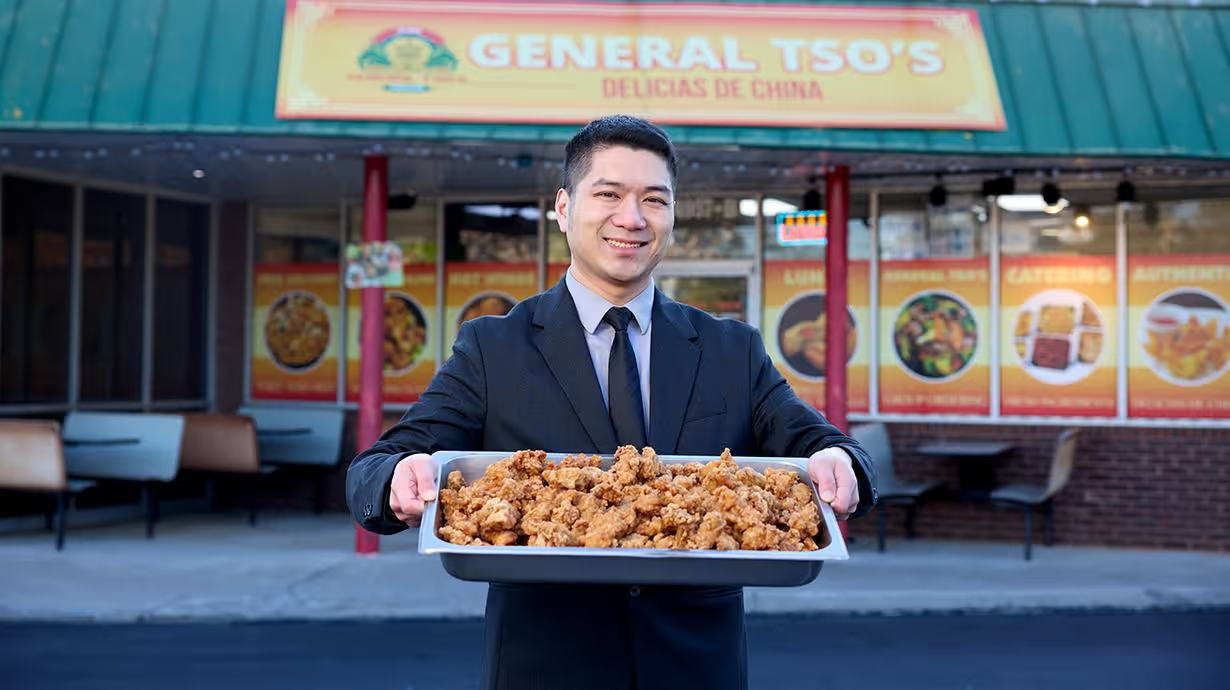
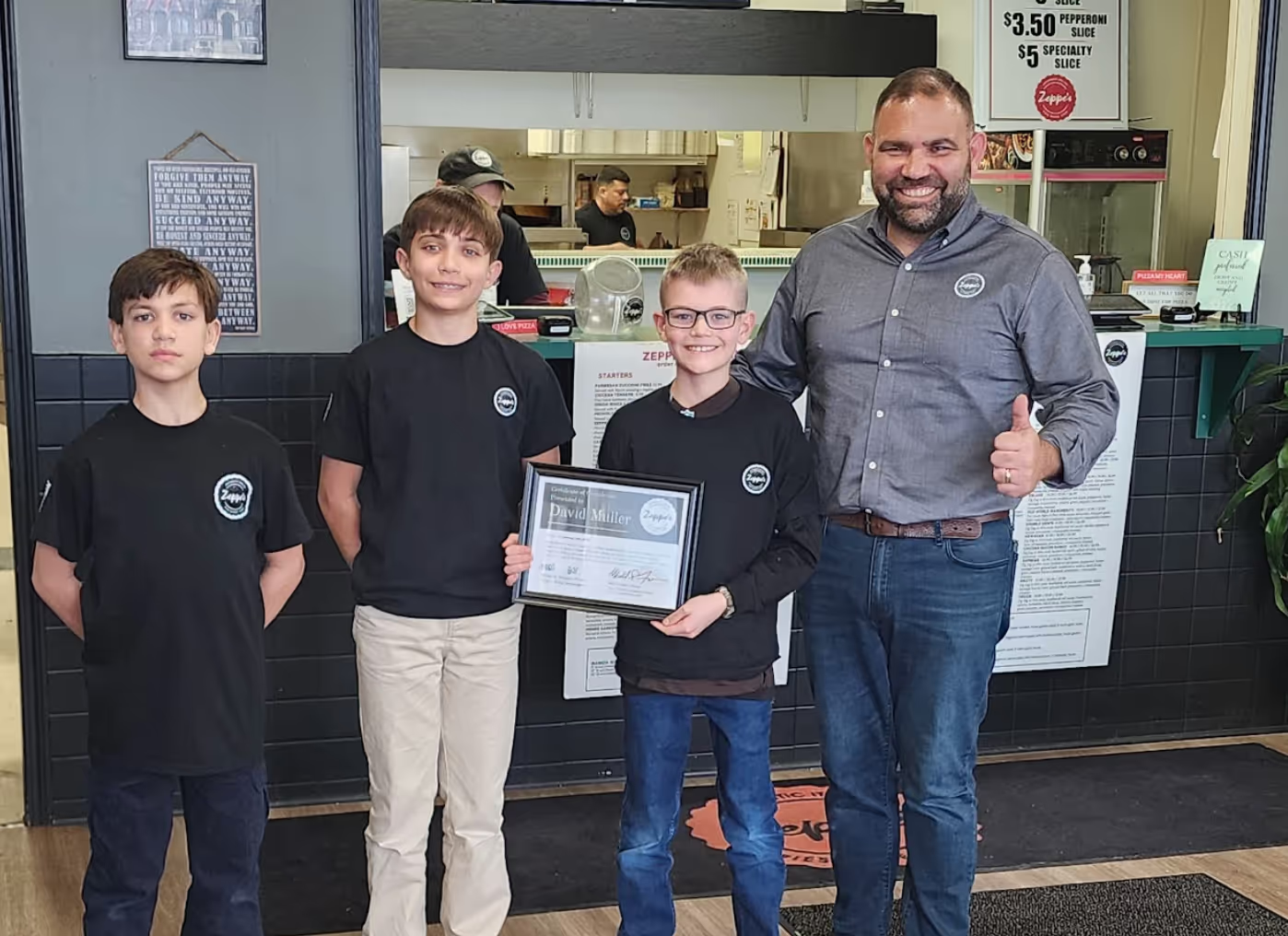
.avif)
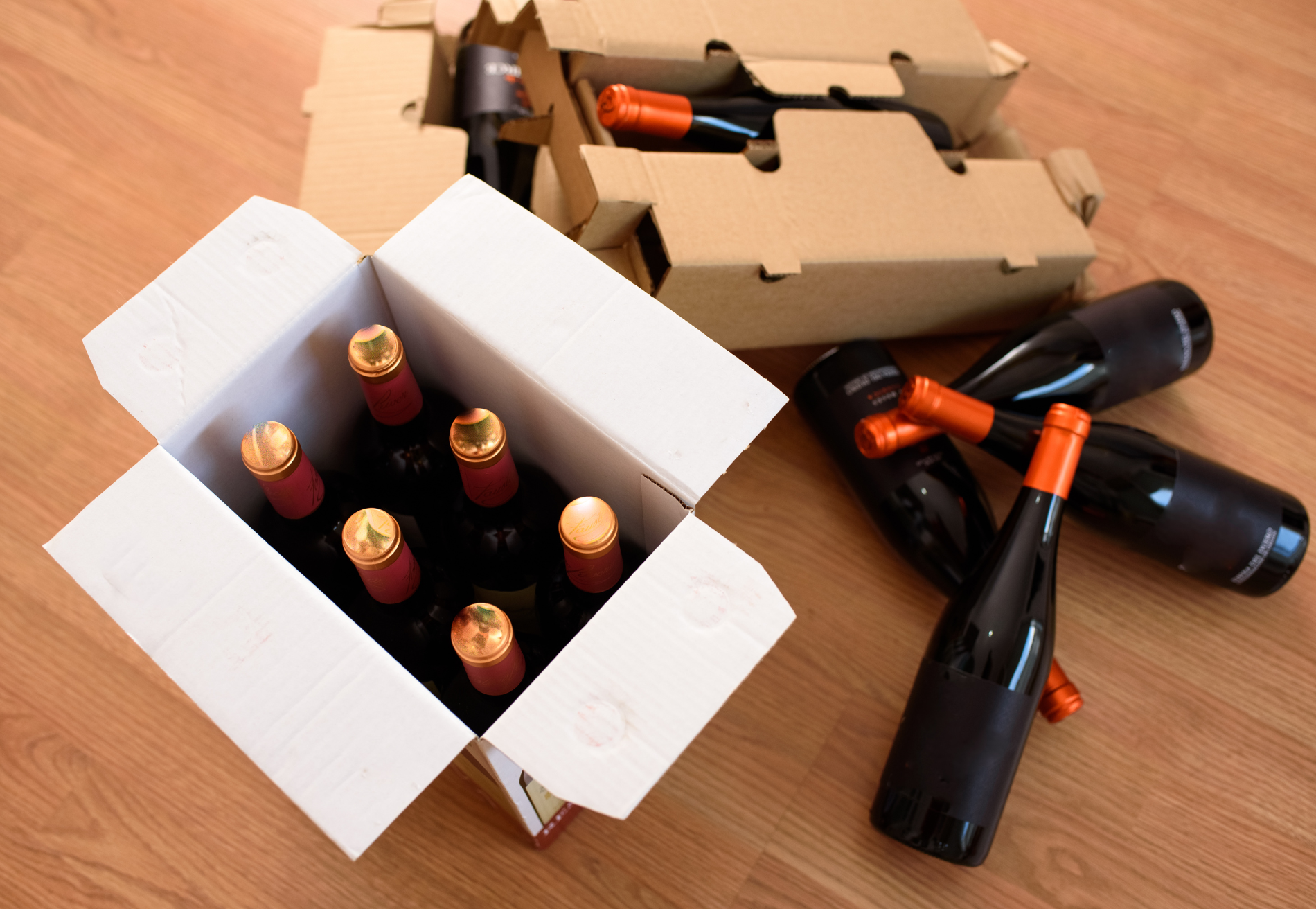
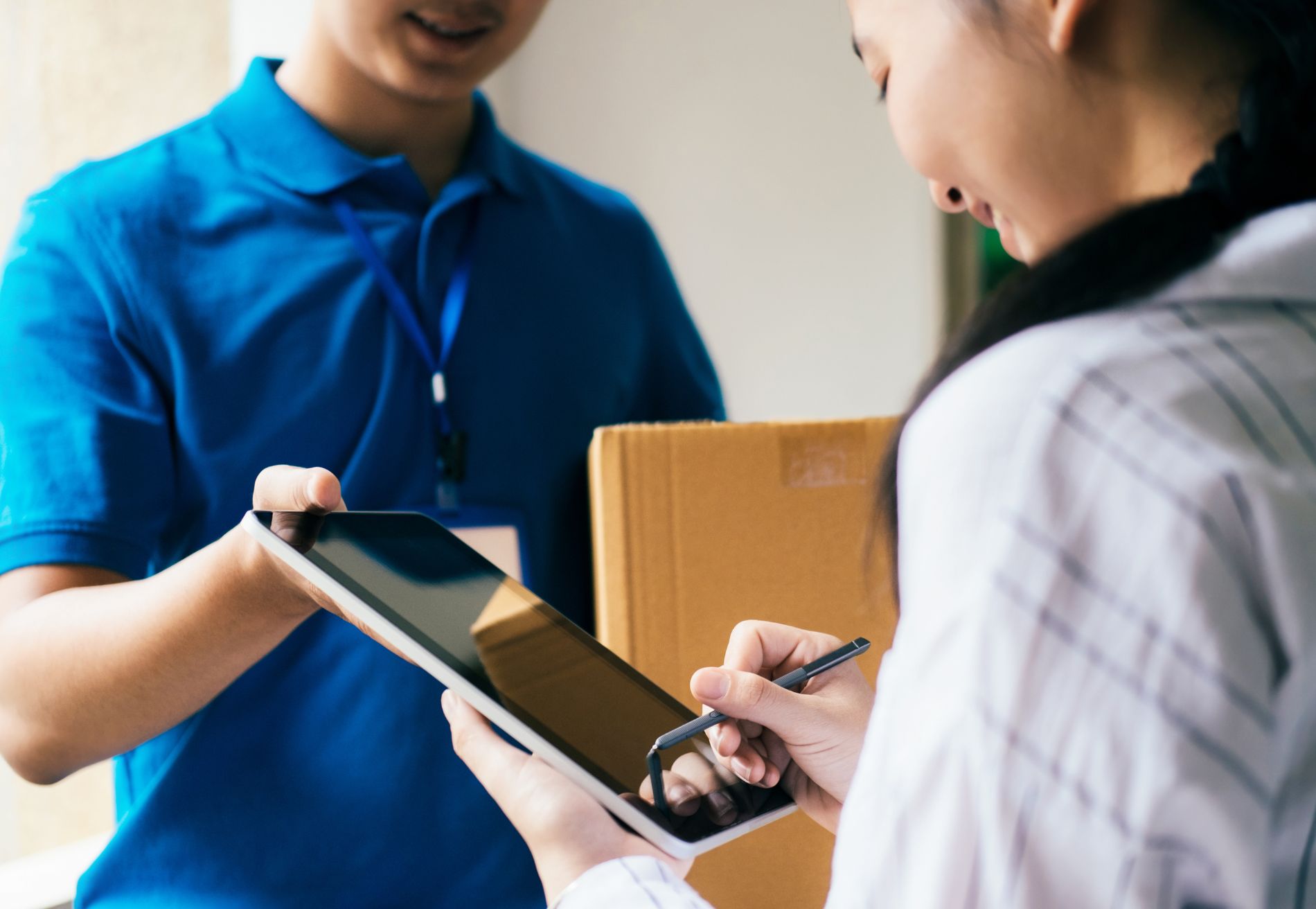




%201.svg)
